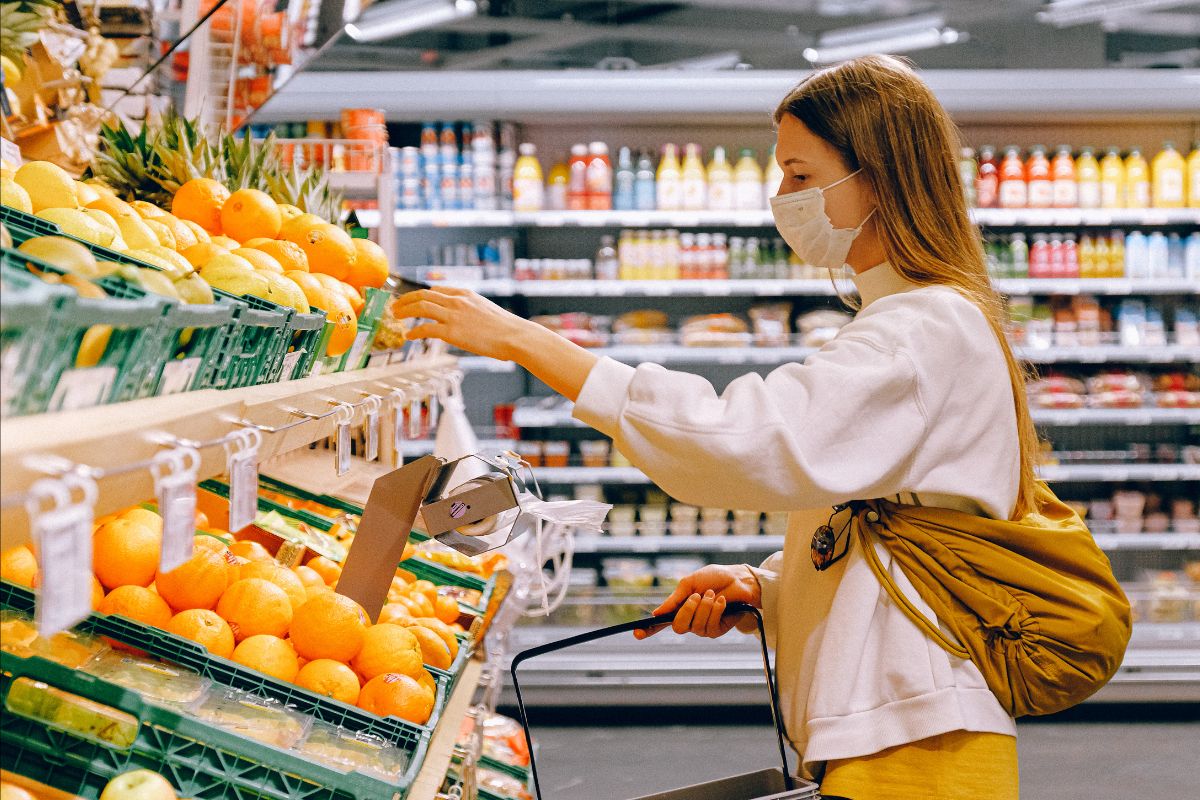How Supermarkets Operate in the United States

Supermarkets play a major role in American daily life. Whether you’re buying groceries for the week, picking up snacks, or looking for household supplies, chances are you’ll visit a supermarket at least once a week—if not more. But behind those clean aisles and neatly stacked shelves, there’s a lot going on to make sure everything runs smoothly.
From supply chains and staffing to pricing and layout, running a supermarket in the U.S. takes planning, coordination, and attention to customer habits. For business owners, consumers, and anyone curious about how things work behind the scenes, understanding supermarket operations offers some useful insight.
What You’ll Learn in This Article
- How products get from suppliers to supermarket shelves
- What roles employees play in daily operations
- How store layout affects shopping behavior
- The systems behind pricing and promotions
- Ways supermarkets balance freshness, variety, and profit
Where the Products Come From
Every item on a supermarket shelf has been sourced, shipped, and stocked—often through a carefully managed supply chain. Many stores work with distribution centers that receive large shipments from farms, manufacturers, and food processors. These centers then sort and send products out to individual store locations.
Supermarkets often work with both national and local suppliers. Large chains may carry nationwide brands, but they also make room for regional favorites or local produce. This mix helps meet different customer preferences.
For perishable goods like fruits, vegetables, dairy, and meat, timing is everything. These items usually arrive several times a week and are checked carefully to maintain freshness and food safety standards.
Inventory and Stocking
Each supermarket keeps close track of what’s on the shelves and what needs to be reordered. Most use automated inventory systems that monitor sales and stock levels in real time. When an item gets low, the system either alerts staff or automatically places a reorder.
Store employees restock shelves during slower hours—usually early mornings or late evenings. Some products, like milk and eggs, are stocked daily. Others, like canned goods, may only need restocking once or twice a week.
Back rooms are usually organized by department, making it easier to find and move products to the floor quickly. Efficient stocking keeps the store looking full and helps reduce food waste.
Layout and Customer Flow
Supermarkets are designed with purpose. The layout isn’t random—it’s built to guide customer behavior.
The fresh produce section is usually near the entrance. This sets a healthy tone and showcases colorful displays. Staples like milk, bread, and eggs are often placed at the back, encouraging customers to walk through more aisles (and maybe pick up extras along the way).
Popular items are placed at eye level, while higher- or lower-shelf spots are used for less popular or generic brands. End caps (the displays at the end of aisles) feature sale items or seasonal products to catch attention quickly.
Impulse buys like candy or gum are often located near the checkout lanes, where customers are more likely to grab a small item while waiting.
Staff Roles and Responsibilities
It takes a team to keep a supermarket running. Here are some of the key roles you’ll find in most stores:
- Store Manager – Oversees operations, staffing, scheduling, and budgets
- Department Managers – Handle specific areas like produce, deli, or frozen foods
- Cashiers – Operate registers and assist customers at checkout
- Stock Clerks – Refill shelves and check product displays
- Bakers, Butchers, and Deli Workers – Prepare and serve fresh goods
- Customer Service Reps – Help with returns, questions, and special requests
Staff training focuses on safety, cleanliness, and service. Many stores also cross-train employees to fill multiple roles during busy times.
Pricing, Promotions, and Loyalty
Pricing in supermarkets is a balancing act. Stores have to cover costs while offering prices that attract shoppers. They use a mix of regular pricing, discounts, and loyalty programs to stay competitive.
Sales are often planned in advance and coordinated with suppliers. Discounts may come from manufacturer deals or store-funded promotions. These offers are usually featured in weekly ads or digital coupons.
Loyalty programs allow customers to earn points, access special deals, or get personalized offers. They also give supermarkets data on shopping habits, which can help with future promotions or product placement.
Freshness and Quality Control
Freshness is key to customer trust. Supermarkets regularly check dates on perishable items and rotate stock so the oldest items are sold first. This is known as the FIFO system—first in, first out.
Employees also inspect produce, meat, and prepared foods to remove anything damaged or past its prime. Unsold items close to expiration may be marked down or donated to food banks when possible.
Temperature-controlled areas like refrigerated displays and freezers are monitored constantly. If something breaks, it’s a top priority to fix.
Checkout Systems and Payment
The checkout area is the final step in the shopping experience, and it’s more complex than it looks. Supermarkets usually use point-of-sale (POS) systems that scan items, calculate totals, apply discounts, and process payments.
Most stores offer multiple payment options, including credit cards, debit cards, cash, and mobile apps. Some also offer self-checkout stations, which can speed up the process during peak hours.
Receipts include purchase details and savings, and some systems also track loyalty points or offer future coupons based on what the customer bought.
Security and Loss Prevention
Supermarkets invest in security to prevent theft and protect staff. Cameras are placed throughout the store, and many stores hire security officers or use undercover personnel for loss prevention.
Price tags and shelf labels are checked regularly to avoid mismatches or overcharges. Some items may have security tags that trigger alarms if someone tries to leave the store without paying.
Training staff to spot suspicious behavior, keep areas tidy, and respond calmly to customer issues helps reduce risk.
Community Engagement and Local Impact
Many supermarkets take part in local community efforts—whether through donations, food drives, or sponsoring events. Some also stock products from nearby farms, bakeries, or artisans.
For shoppers, seeing local brands or community connections builds trust. For stores, these relationships help build loyalty and encourage repeat visits.
Supporting neighborhood needs, hiring locally, and responding to customer feedback are all part of being a reliable community business.
Supermarkets in the United States are more than just places to buy food. They’re complex systems that bring together supply chains, customer service, technology, and local needs. Every time you walk down an aisle, there’s a team behind the scenes working to make sure the shelves are full and the experience is smooth.





